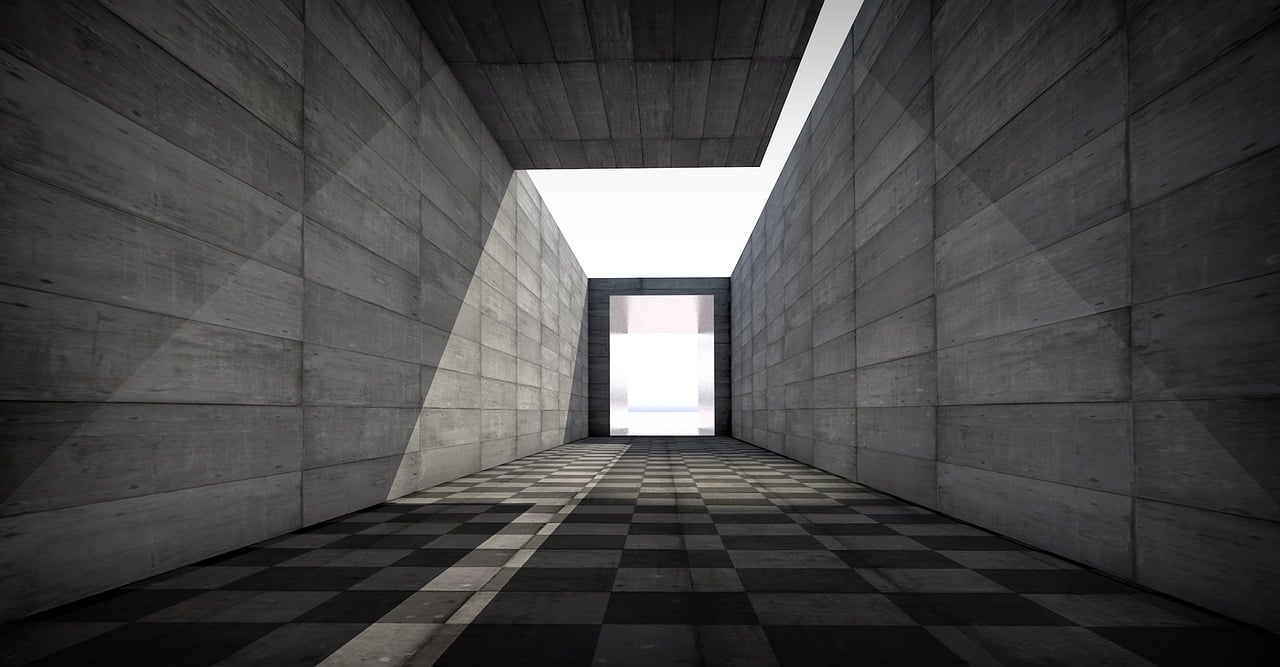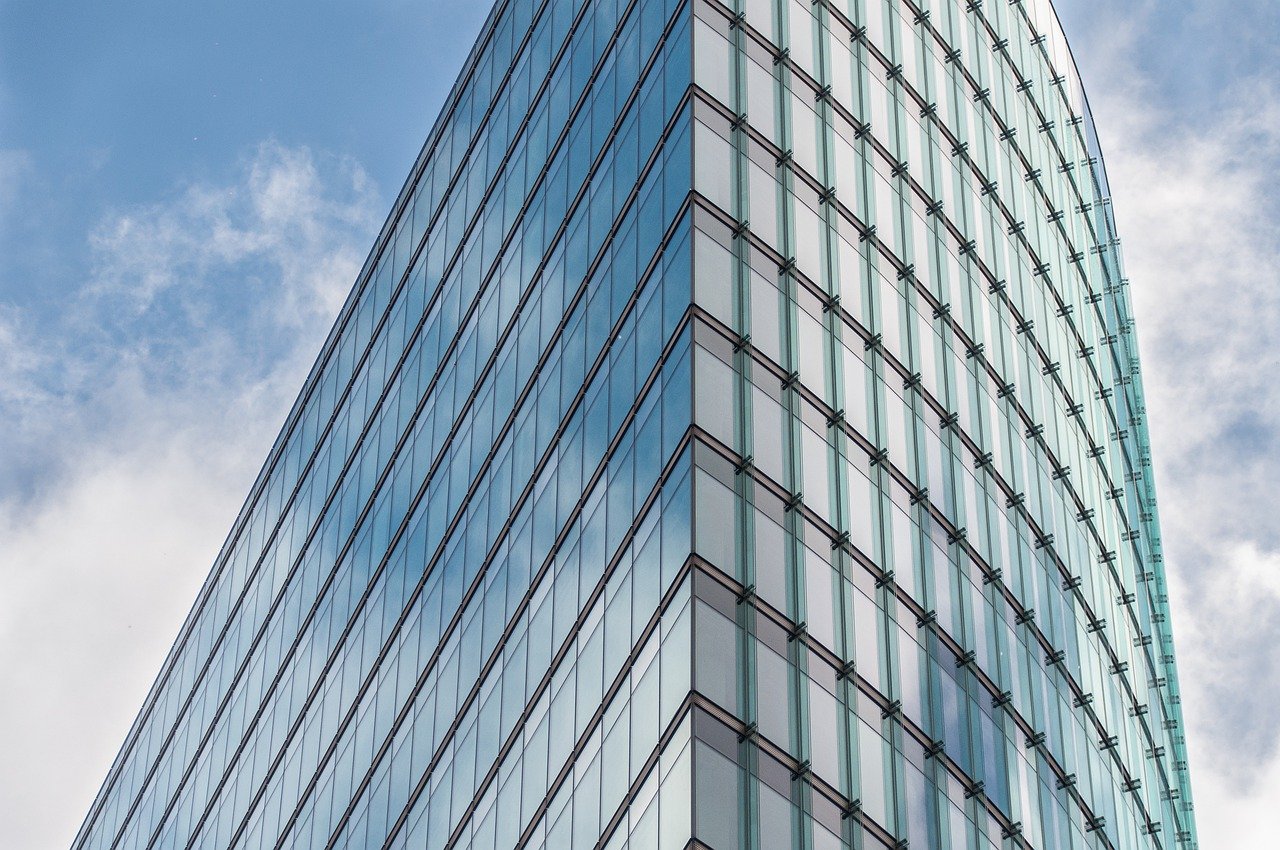The future of sustainable architecture lies in our collective ability to innovate, integrate, and inspire. As we continue to face the pressing challenges of climate change and resource depletion, our architectural practices are evolving rapidly. We are embracing new technologies such as green building materials, energy-efficient systems, and smart design principles that reduce our environmental footprint. Our future buildings will not only be functional and aesthetically pleasing but also harmoniously aligned with nature, ensuring a healthier planet for generations to come. By committing to sustainable architecture, we are setting the stage for a brighter, more sustainable future for all. Have you ever stopped to wonder what the future holds for sustainable architecture? As our world grapples with climate change and resource depletion, it’s a question worth pondering. Sustainable architecture isn’t just a trend; it’s a necessity shaping our present and future built environments. Let’s dive into this crucial topic together and explore what’s on the horizon.
The Basics of Sustainable Architecture
What is Sustainable Architecture?
Before we look forward, we should probably have a clear understanding of what we’re talking about. Sustainable architecture is a method of designing buildings that seek to minimize the negative environmental impact through efficiency and moderation in the use of materials, energy, and development space.
Why Does It Matter?
Sustainable architecture is not just a buzzword; it’s critical for our future. Our planet’s resources are finite, and our current rate of consumption is unsustainable. By adopting sustainable architecture practices, we can reduce our environmental footprint, promote social well-being, and ensure economic viability.
The Principals of Sustainable Architecture
Energy Efficiency
One of the cornerstone principles of sustainable architecture is energy efficiency. This involves designing buildings that use less energy, from the planning stages through construction and long-term operation.
- Passive Design: This technique makes use of natural energy sources like sunlight and wind to heat, cool, and light buildings.
- Insulation: Proper insulation reduces the need for artificial heating and cooling.
- Efficient Systems: Energy-efficient HVAC systems, lighting, and appliances are crucial in lowering energy consumption.
Renewable Energy
Tying closely with energy efficiency is the use of renewable energy. Solar panels, wind turbines, and geothermal heat pumps can provide sustainable energy solutions for buildings.
Water Conservation
Water is another vital resource that sustainable architecture seeks to conserve.
- Low-Flow Fixtures: Installing low-flow toilets, faucets, and showerheads.
- Rainwater Harvesting: Collecting and reusing rainwater for landscaping and other non-potable needs.
- Graywater Systems: Reusing wastewater from sinks, showers, and washing machines for irrigation.
Sustainable Materials
Choosing materials that are sustainable impacts not just the building but the planet as a whole.
- Recycled Content: Materials made from recycled products.
- Local Sourcing: Using materials sourced locally to reduce transportation emissions.
- Low VOCs: Low Volatile Organic Compounds to reduce indoor air pollution.

Current Trends in Sustainable Architecture
Green Roofs and Walls
Green roofs and walls are becoming more mainstream. They not only provide insulation but also improve air quality, reduce rainwater runoff, and offer spaces for urban agriculture.
Smart Buildings
With the advent of the Internet of Things (IoT), smart buildings are now at the forefront of sustainable architecture. These structures use technology to optimize energy use, improve building management systems, and enhance the quality of indoor environments.
Prefabrication
Prefabricated buildings reduce waste and energy consumption during the construction process. Components are typically manufactured in a controlled factory setting and then assembled on-site.
Adaptive Reuse
Instead of building new structures, adapting and reusing existing ones can save resources and energy. This practice also preserves cultural heritage and reduces demolition waste.
Net-Zero Buildings
Net-zero buildings are designed to produce as much energy as they consume. This is achieved through a combination of energy-efficient design and renewable energy systems.
Emerging Technologies Impacting Sustainable Architecture
Artificial Intelligence and Machine Learning
AI and machine learning can optimize energy use, manage building systems, and even predict maintenance needs. These technologies can analyze vast amounts of data to make buildings more efficient and sustainable.
3D Printing
3D printing allows for the production of building components with less waste and lower transportation emissions. It also offers the possibility for customized designs that make better use of materials.
Nanotechnology
Materials enhanced with nanotechnology can provide better insulation, stronger structural elements, and even self-cleaning surfaces. This technology promises to revolutionize the materials we use in construction.
Virtual Reality (VR) and Augmented Reality (AR)
VR and AR can help in better planning and designing sustainable buildings by allowing architects and engineers to visualize the end product completely before construction begins, thus identifying potential sustainable improvements early on.

Challenges and Barriers
High Initial Costs
One of the most significant barriers to sustainable architecture is the high initial cost. Sustainable materials, technologies, and design practices can be more expensive up-front, although they usually result in long-term savings.
Lack of Awareness
Many people, including developers and homeowners, are still not fully aware of the benefits of sustainable architecture. Education and advocacy are crucial to overcoming this barrier.
Regulatory Issues
Building codes and regulations can sometimes be slow to catch up with new sustainable technologies and practices. This can make it challenging to implement cutting-edge sustainable solutions.
Limited Access to Materials and Technology
In some parts of the world, the necessary materials and technologies for sustainable architecture are not readily available. This can be a significant barrier to adoption.
The Future of Sustainable Architecture
Biophilic Design
Biophilic design focuses on creating buildings that connect occupants more closely with nature. This involves using natural materials, natural light, and vegetation. This approach not only supports sustainability but also enhances well-being and productivity.
Circular Economy
The concept of a circular economy in architecture involves designing buildings to facilitate the reuse and recycling of materials at the end of their lifecycle. This reduces waste and demand for new raw materials, creating a more sustainable industry.
Integrated Communities
Future sustainable architecture will likely focus more on creating integrated communities that include not just housing, but also workspaces, social spaces, and amenities. These communities are designed to reduce the need for transportation and support a more sustainable lifestyle.
Climate-Responsive Architecture
As climate patterns change, architecture must adapt. Climate-responsive architecture will become increasingly important, using local climate data to inform building design that can withstand extreme weather conditions.
Sustainable Urban Planning
Sustainable architecture cannot exist in isolation; it must be part of a broader strategy for sustainable urban planning. This includes considerations for transportation, energy use, waste management, and social equity.
Legislative Support
We anticipate stronger legislative support for sustainable architecture in the future. Governments around the world are increasingly recognizing the importance of sustainability and implementing policies to support green building practices.

How We Can Contribute
Education and Advocacy
One of the most powerful tools we have is education. By informing ourselves and others about the benefits and necessity of sustainable architecture, we can drive demand for more sustainable practices.
Supporting Sustainable Companies
We can make a difference by choosing to support companies that prioritize sustainability, whether in construction, materials, or design.
Policy Engagement
Engaging with policymakers to advocate for stronger regulations and incentives for sustainable architecture can also drive broader adoption of these practices.
Personal Choices
Even at a personal level, the choices we make about our homes and workplaces can contribute to sustainability. This might include installing energy-efficient appliances, choosing sustainable materials, or advocating for green spaces in our communities.
Conclusion
The future of sustainable architecture is not just about new technologies and designs; it’s about adopting a mindset that prioritizes sustainability in every decision we make. By embracing sustainable practices today, we can build a better, more resilient, and more equitable future for all. Let’s continue to educate, advocate, and innovate as we move forward on this crucial journey.



